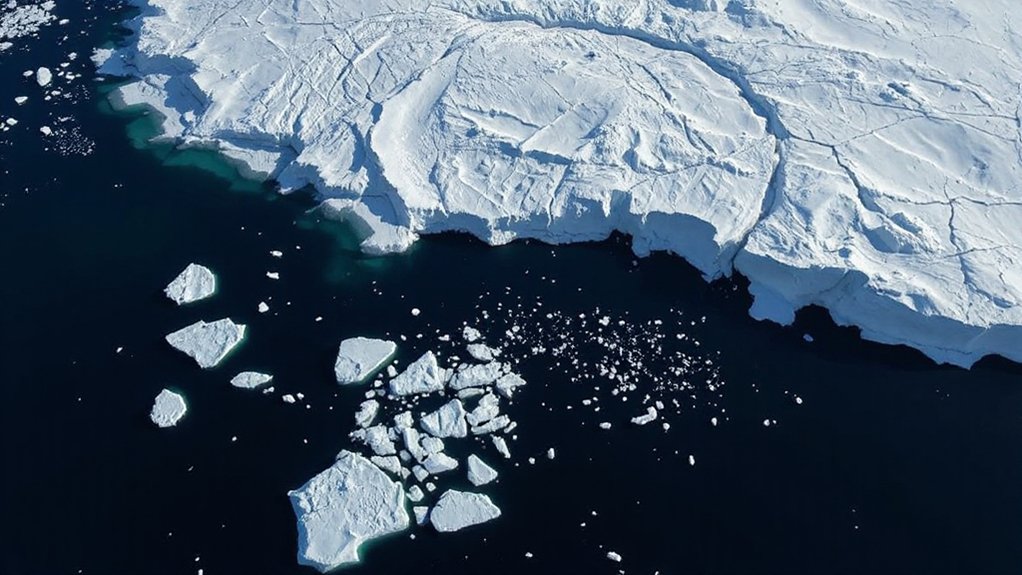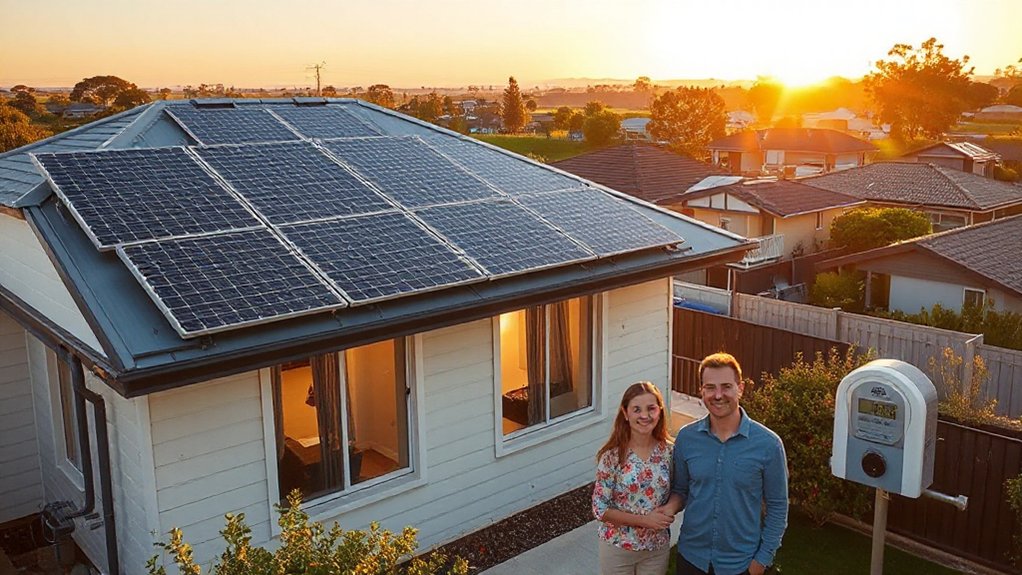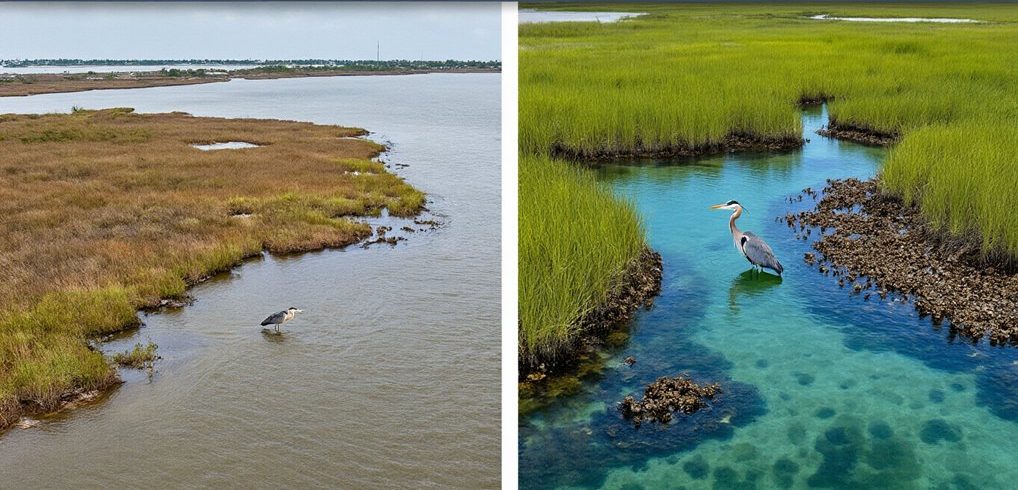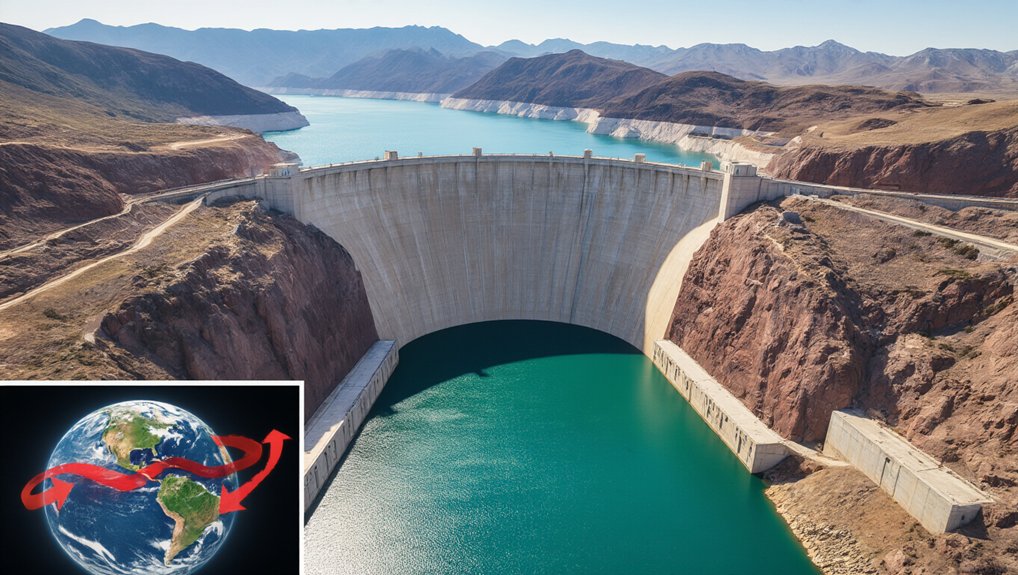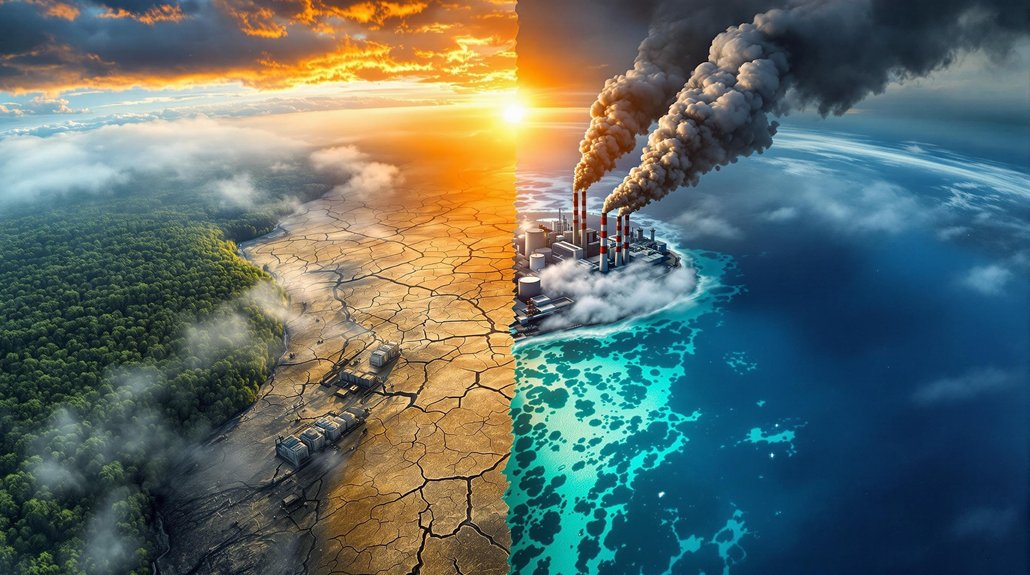Nearly all of Antarctica’s frozen coastal armor is melting away at an alarming rate. The numbers are in, and they’re not pretty. March 1, 2025, saw Antarctic summer sea ice hit a pathetic 1.98 million km² minimum—about 30% below what used to be normal. Tied for second-lowest in 47 years of satellite watching. Let that sink in.
It gets worse. The ice maximum in September 2025 reached only 17.81 million km², landing it third-lowest in recorded history. And it’s not like 2023’s record low was ancient history. This isn’t your grandfather’s Antarctica anymore.
Scientists are scratching their heads about whether this is the new normal or just a bad phase. But here’s the kicker: Antarctic summer sea ice is vanishing 1.9 times faster over the last decade than Arctic ice has over nearly half a century. Yeah, you read that right. The place that was supposed to be relatively stable? It’s melting faster than the poster child for climate change.
Those fancy satellite microwave sensors don’t lie. They can tell the difference between water and ice, even through clouds. And they’re showing a continent in crisis.
What’s causing this meltdown? Northerly winds are part of the problem. Global warming is the bigger culprit, obviously. Temperature spikes above historical norms tend to do that to ice.
The consequences? Pretty much everything you’d expect. Less ice means less sunlight reflection, which means more heat absorption. Classic feedback loop. Not good. The stability of ice sheets is threatened, potentially accelerating glacial melt.
There might be one tiny silver lining—increased snowfall on the continent could temporarily slow sea-level rise. But don’t get your hopes up. Senior scientist Ted Scambos warns that the decreasing sea ice trend raises significant concerns for Antarctica’s overall stability. The long-term trends are clear.
Scientists continue monitoring with satellites that have faithfully tracked ice since 1978. The data might be preliminary and subject to slight revisions. But the message is unmistakable. Antarctica is changing, fast. And not in a good way. Our planet is missing sea ice area equivalent to the entire continental United States east of the Mississippi.
References
- https://earthobservatory.nasa.gov/images/154112/antarctic-sea-ice-plunged-in-summer-2025
- https://nsidc.org/news-analyses/news-stories/antarctic-sea-ice-maximum-third-lowest-2025
- https://www.carbonbrief.org/antarctic-sea-ice-winter-peak-in-2025-is-third-smallest-on-record/
- https://www.nasa.gov/earth/arctic-sea-ice-2025-low/
- https://www.climate.gov/news-features/features/despite-antarctic-gains-global-sea-ice-shrinking
- https://www.antarctica.gov.au/news/2025/new-study-confirms-abrupt-changes-underway-in-antarctica/
- https://www.washington.edu/news/2025/09/10/key-to-antarctic-ice-loss-in-north-wind/
